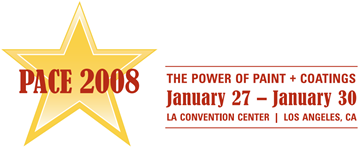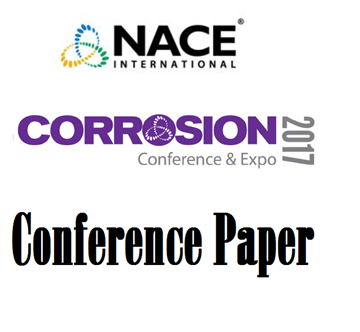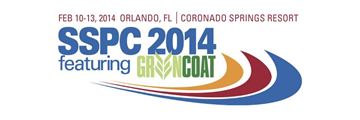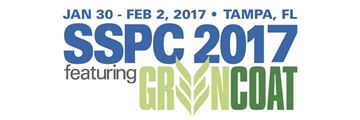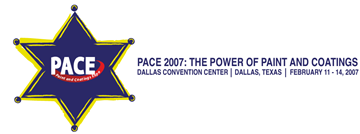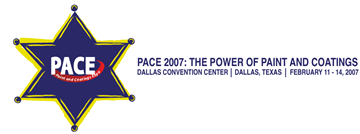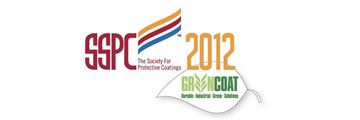Search
Individual Conference Papers
View as
Sort by
Display
per page
Low VOC Waterborne DTM Coatings for Use in Industrial Maintenance Painting
Product Number:
41208-448-SG
Publication Date:
2008
$20.00
Low Voltage Cable Condition Monitoring To Detect Global Degradation And Localization Techniques For Aging Management At Nuclear Power Plants
Product Number:
ED22-17298-SG
Publication Date:
2022
$20.00
Low-Cycle Mechanical Fatigue Endurance of Various Joint Configurations
Product Number:
51317--9181-SG
ISBN:
9181 2017 CP
Publication Date:
2017
$20.00
Lowering the Total Cost of Surface Preparation
Product Number:
41214-821-SG
Publication Date:
2014
$20.00
Machine learning based NDT data fusion to detect corrosion in reinforced concrete structures by robot-assisted inspection
Product Number:
51321-16392-SG
Publication Date:
2021
$20.00
Machine Learning for Erosion-Corrosion Prediction in an Alkaline Environment
Product Number:
51319-13450-SG
Publication Date:
2019
$20.00
Maintaining Aged Infrastructure with Difficult-to-Coat Features
Product Number:
51217-073-SG
Publication Date:
2017
$20.00
Maintenance Coatings for Sport Facilities
Product Number:
41207-393-SG
Publication Date:
2007
$20.00
Maintenance Coats: How to Increase Your Profitability
Product Number:
41207-317-SG
Publication Date:
2007
$20.00
Maintenance Painting - A TXDOT Perspective
Product Number:
41212-687-SG
Publication Date:
2012
$20.00

